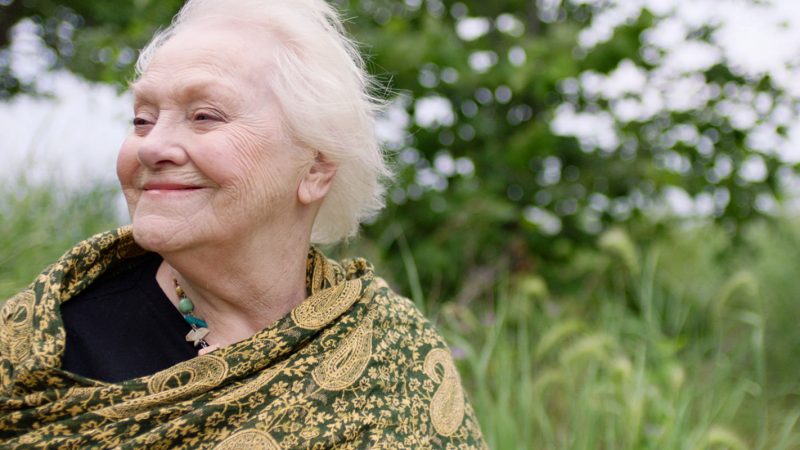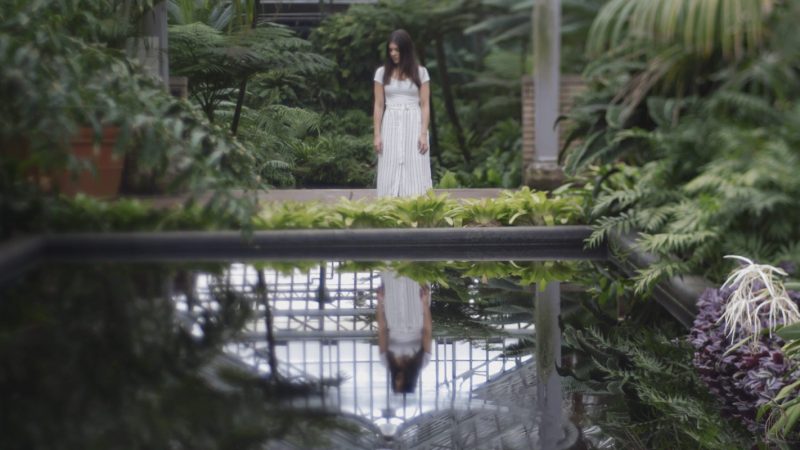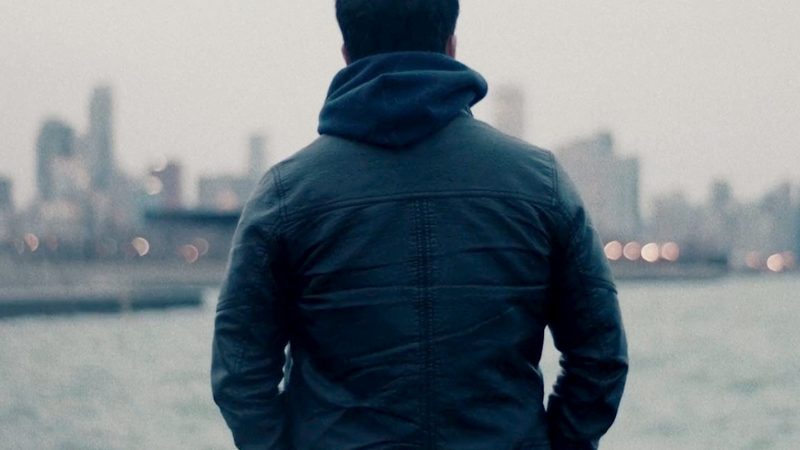Praying together as a couple and praying individually for your spouse is one of the most powerful weapons you have against divorce and for building intimacy in your marriage. Praying together not only brings us closer to each other, it deeply reinforces our relationship with the Lord.
You Might also like
-
Serenity Prayer
“The Serenity Prayer” is the common name for a prayer written by the American theologian Reinhold Niebuhr, born in 1892. Niebuhr, who first wrote the prayer for a sermon at Heath Evangelical Union Church in Heath, Massachusetts, used it widely in sermons as early as 1934 and first published it in 1951 in a magazine column. The prayer spread through Niebuhr’s sermons and church groups in the 1930s and 1940s, and was adopted and popularized by Alcoholics Anonymous and other twelve-step programs.
-
Prayer of St. Francis
The anonymous text that is usually called the Prayer of Saint Francis (or Peace Prayer, or Simple Prayer for Peace, or Make Me an Instrument of Your Peace) is a widely known Christian prayer for peace. Often associated with the Italian Saint Francis of Assisi (c. 1182 – 1226), but entirely absent from his writings, the prayer in its present form has not been traced back further than 1912. Its first known occurrence was in French, in a small spiritual magazine called La Clochette (The Little Bell), published by a Catholic Church organization in Paris named La Ligue de la Sainte-Messe (The League of the Holy Mass). The author’s name was not given, although it may have been the founder of La Ligue, Father Esther Bouquerel. The prayer was heavily publicized during both World War I and World War II. It has been frequently set to music by notable songwriters and quoted by prominent leaders, and its broadly inclusive language has found appeal with diverse faiths encouraging service to others.
-
Act of Contrition
The Act of Contrition is part of the Sacrament of Penance and is prayed by the penitent after the priest assigns a penance and before he gives the penitent absolution. It is also customarily said especially before one goes to bed at night. It is generally supposed that individuals might have recourse to an Act of Contrition when they find themselves in extremis.
The prayer expresses in words a deeply personal “act” that engages a person’s affections and will. Catholic teaching holds that “imperfect” contrition, is also a gift of God. Born of fear of eternal damnation or other penalties, it is nonetheless sufficient to inspire a valid Act of Contrition. There are different versions of the Act of Contrition, but all generally include an expression of sorrow, an acknowledgment of wrongdoing and a promise to amend one’s life and avoid sin.



